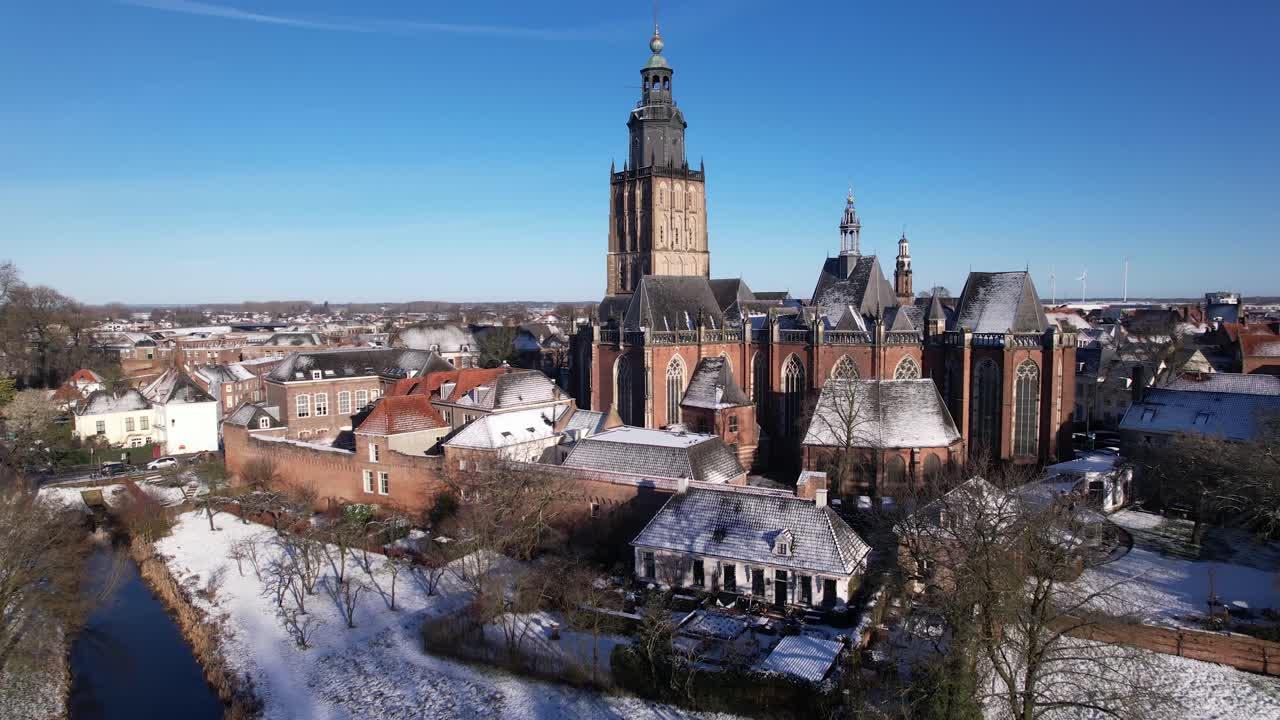The early 20th century witnessed a rapid shift from rural agrarian communities to bustling urban centers, fueled by industrialization and urbanization. This migration resulted in numerous challenges, including overcrowding, poor living conditions, and poverty. In response to these pressing social issues, the settlement house movement emerged with the aim of providing support and advocacy for those who were most affected.
Settlement houses were community centers that provided essential services to vulnerable populations, predominantly in impoverished inner-city neighborhoods. These houses, often staffed by dedicated individuals, aimed to bridge the gap between the prosperous and the destitute by offering educational programs, childcare, healthcare, and social services. They sought to empower individuals and families by equipping them with the tools and resources needed to improve their lives and create a sense of community.
Join me as we delve deeper into the purpose and significance of the settlement house movement, exploring its origins, key figures, impact, and lasting legacy. Together, we will gain a better understanding of the efforts made to address the challenges brought about by urbanization and poverty in the early 20th century.
The Purpose of the Settlement House Movement
The settlement house movement in the late 19th and early 20th centuries served a crucial purpose in American society. It aimed to tackle the social and economic challenges faced by urban immigrant communities. To better understand the purpose behind this movement, let’s delve into its key objectives and accomplishments.
Promoting Social Welfare for Immigrants
Reshaping Urban Living Conditions: Settlement houses emerged as beacons of hope in crowded cities teeming with struggling immigrant populations. These houses provided immigrants with a safe and supportive environment, offering housing, education, and healthcare services.
Improving Public Health: Settlement houses recognized the importance of public health in building a stronger society. They organized hygiene and sanitation campaigns, educated residents about disease prevention, and created access to medical care, ensuring a healthier community overall.
Enhancing Education and Cultural Exchange
Educational Opportunities: Settlement houses recognized that education was a key driver of individual success and community integration. They established free or low-cost schools for children and adults, offering courses that ranged from basic literacy to vocational training.
Cultural Exchange: Settlement houses nurtured an environment that celebrated diverse cultures and fostered understanding between different ethnic groups. Through cultural events, language classes, and community gatherings, they actively encouraged immigrants to share their traditions, enriching the tapestry of American culture.
Empowering Women and Enhancing Gender Equality
Women’s Empowerment: Settlement houses played a pivotal role in advancing women’s rights and empowering female immigrants. They offered programs that supported women’s education, provided vocational training, and advocated for suffrage and labor reforms.
Fighting for Gender Equality: Settlement houses promoted gender equality by challenging traditional societal norms and providing a platform for women to voice their concerns. They actively campaigned for equal opportunities in employment, education, and political engagement.
Encouraging Neighborhood Socialization and Civic Engagement
Social Cohesion: Settlement houses acted as a hub of community life, fostering a sense of belonging and togetherness. They hosted social events, recreational activities, and clubs that brought neighbors together, transcending cultural barriers and promoting social cohesion.
Civic Engagement: Settlement houses instilled a sense of civic responsibility among immigrants, encouraging their active participation in local governance and community development. Through citizenship classes, legal aid, and advocacy, they empowered immigrants to become active contributors to their new home.
In conclusion, the settlement house movement aimed to uplift immigrant communities by addressing their immediate needs, promoting education, fostering cultural exchange, empowering women, and encouraging civic engagement. By doing so, settlement houses laid the groundwork for a more inclusive and equitable America, improving the lives of countless individuals and shaping the nation we know today.
FAQ: What was the purpose of the settlement house movement
Which problems are likely the result of urbanization
Urbanization brings with it a host of challenges. As more and more people move to cities in search of jobs and better opportunities, problems such as overcrowding, inadequate housing, pollution, and increased crime rates can arise. The rapid growth of cities can also put strain on existing infrastructure, leading to issues like traffic congestion and insufficient public services.
What makes small towns successful
Small towns have a certain charm and appeal that make them unique. Their success often stems from a strong sense of community, where residents come together to support local businesses and organizations. Additionally, small towns tend to foster a slower pace of life, closer connections between neighbors, and a greater emphasis on local traditions and values.
How does poverty affect inner cities
Poverty has a profound impact on inner cities, affecting both individuals and the community as a whole. It can lead to limited access to quality education, healthcare, and job opportunities, trapping residents in a cycle of disadvantage. Poverty also contributes to higher crime rates, social unrest, and a general sense of despair. However, it’s important to recognize that inner cities are complex and diverse, and not all areas face the same level of poverty or its effects.
What was the purpose of the settlement house movement
The settlement house movement emerged in the late 19th and early 20th centuries as a response to the social and economic challenges faced by immigrants and the urban poor. The main purpose of settlement houses was to provide a range of services and resources to help uplift these communities. They aimed to address issues such as poverty, overcrowded living conditions, education gaps, and lack of healthcare. Settlement houses offered classes, vocational training, childcare, healthcare services, and recreational activities, with the goal of empowering individuals and fostering social integration.
What was the purpose of settlement houses in the early twentieth century
During the early twentieth century, settlement houses served as crucial centers for social services and community development. They provided a safe haven for immigrants and the urban poor, offering vital support in the form of education, healthcare, and social activities. Settlement houses aimed to bridge the gap between different social classes and cultures, promoting understanding and cooperation. By providing resources and opportunities, they played a significant role in improving the lives of marginalized individuals and promoting social reform.
What was the purpose of settlement houses quizlet
The purpose of settlement houses, as covered in Quizlet, was to address the challenges faced by immigrants and the urban poor. They offered a range of services, including education, healthcare, and social support, to improve the lives of these communities. Settlement houses aimed to empower individuals, promote social integration, and advocate for social reform. By providing essential resources and opportunities, they played a critical role in uplifting marginalized groups during the late nineteenth and early twentieth centuries.
Why was Jacob Riis important to the progressive movement
Jacob Riis was a Danish-American journalist and social reformer who played a crucial role in the progressive movement. Through his groundbreaking work, “How the Other Half Lives,” Riis exposed the appalling living conditions endured by immigrants in New York City tenements during the late 19th century. His powerful photographs and writing shed light on the social injustices faced by the urban poor, prompting public awareness and galvanizing the push for meaningful social reform. Riis’s work inspired many to take action and address issues such as housing reform, child labor, and public health.
Who started the settlement houses in America
The settlement house movement in America was pioneered by social reformers such as Jane Addams and Ellen Gates Starr. In 1889, Addams co-founded Hull House in Chicago, which became one of the most influential settlement houses in the country. Inspired by the settlement movement in England, Addams and Starr sought to create a space where residents from different backgrounds could come together to live and work, offering essential services to the surrounding community. Their efforts laid the foundation for the establishment of numerous other settlement houses across America.
Why are small towns important
Small towns play a vital role in society for several reasons. Firstly, they often serve as a refuge from the hustle and bustle of urban life, offering a slower pace and a closer-knit community. Small towns also contribute to the preservation of local history, traditions, and cultural heritage. They provide opportunities for entrepreneurship and local businesses, fostering economic diversity. Furthermore, small towns can offer a sense of belonging and support networks that may be harder to find in larger cities, promoting overall well-being and a sense of communal identity.
Who worked in settlement houses
Settlement houses employed a diverse group of individuals, each bringing their own skills and expertise to support the community. Social workers played a crucial role in providing counseling, assistance, and guidance to residents. Teachers and educators offered classes and vocational training to help improve literacy and employability. Healthcare professionals provided medical care and public health services. Volunteers from the community also played a significant part, offering their time and resources to contribute to the various programs and activities offered by the settlement houses.
Is East London poor
East London, like any other area, is not uniformly poor. It is a complex and diverse region with pockets of wealth and areas facing economic challenges. While parts of East London may struggle with higher poverty rates compared to other areas, it is important to recognize the positive aspects and ongoing efforts towards development and regeneration. East London is a vibrant and culturally rich area, known for its diverse communities, historical landmarks, and thriving arts scene.
Where did the settlement house movement begin
The settlement house movement began in the late 19th century in England before spreading to the United States. In 1884, Toynbee Hall, the first settlement house, was established in East London. Its success inspired social reformers in America, such as Jane Addams, to adopt the settlement house model and establish similar institutions. The settlement house movement quickly gained momentum and became a significant force in social reform on both sides of the Atlantic, addressing the needs of immigrants and the urban poor.
Now that you have a better understanding of the settlement house movement and its purpose, you can appreciate the impact it had on improving the lives of marginalized communities. The dedication and compassion displayed by those involved in the movement paved the way for social reform and progress. Let us continue to learn from history and work towards creating a more inclusive and equitable society for all.

